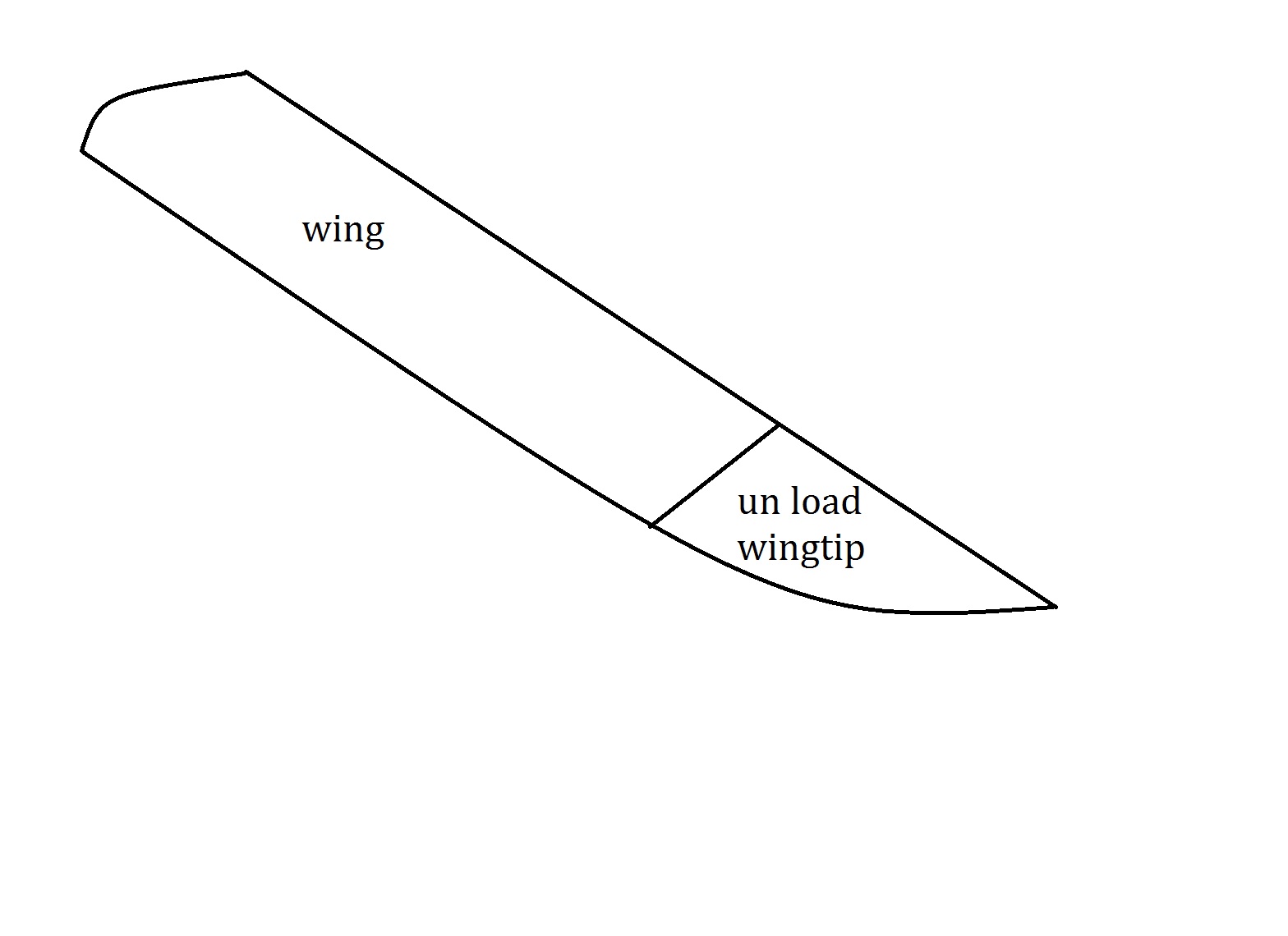I don't think any kinds of external wires are going to affect the aerodynamic properties of the zero-lift tip, they will just add their own independent effects.
For a straight wing the benefits are as already described. You note minimal root stress, hence light weight, hence minimal induced drag. A previous answer notes improved stall characteristics at slow speeds or in tight turns.
For a swept wing the benefits are more profound. The most visible difference is that it acts like a "tail at the end of the wings" to confer pitch stability and control, so the wing can be tailless. It also improves directional stability so that for a pure flying wing (an all-wing), no tail fin is needed either (yaw control is then effected by "drag rudders" located outboard near each wing tip). Then, the lift over the tip section is mostly a little above zero. Due to its washout and the upflow induced by the inboard wing sections, its lift vector is tilted forwards, which can lead to negative induced drag, i.e. a small amount of thrust. This not only makes the wing more efficient, but also in the turn it creates proverse aileron yaw, which is a tendency for the plane to swing into the turn. Adverse yaw, the tendency to swing the nose out of the turn, is a problem with constant-angle (zero washout) wings and, especially when swept, can lead to Dutch roll and other unpleasantnesses.

